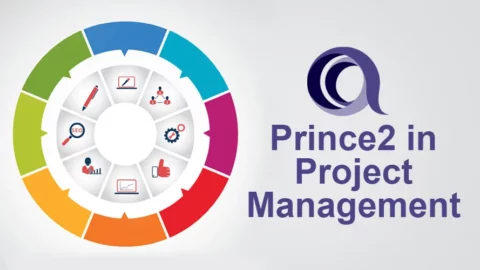If you’ve ever dipped your toes into the world of email marketing, you know that it’s often touted as having the best return on investment of any initiative you can take to boost leads and sales for your business.
But if you’re not a marketing expert yourself (maybe you’re a small business owner trying to bootstrap your way to success, or new to the field of marketing and advertising) it’s not always clear how to use email to drive revenue. Do you just send newsletters? If so, what should they say? How do you get people to click and spend?
The truth is, there are a ton of ways to engage your existing customers, potential customers and curious visitors via email—and these tactics are far more inventive than a simple newsletter update reminding people that you exist.
Here are five exciting ways you can use email marketing to boost your ROI and see real results:
Use email retargeting to follow the “Rule of 7”
The truth is, it’s very rare that a first-time visitor to your website will immediately buy your products. It will take multiple interactions with your brand—some say at least seven—before a customer feels comfortable making a purchase.
If they stumble upon your website once, great. Now, how do you get in front of them six-plus more times?
Simple: Retargeting.
With email retargeting, you can use your email newsletter or other communications to serve your subscribers with a code (also known as a “cookie”). This code allows you to serve advertisements to those subscribers for your business as they move around the web. As a result, they’ll become more accustomed to your brand, and become more likely to return to your site and make a purchase.
With this tactic, you’ll be able to use one email (the one that contains the cookie) to serve mentions of your brand to a customer or potential customer many times. If you send them seven emails, on the other hand, they may unsubscribe and you’ll lose their business.
Use onsite retargeting to trigger a campaign
You can also use cookies to target an on-site interaction with a customer, using that to trigger a specific email communication.
For example, one of the most common issues plaguing online retailers is the dreaded abandoned cart. Shoppers leave trillions of dollars worth of merchandise in their abandoned carts. If you’re able to follow-up with that customer via an automatically triggered email, reminding them to complete their purchase, you can recoup lost profits.
Your campaigns can focus on specific products (if a user clicks on or interacts with a certain product and then leaves without purchasing), upselling (by selling customers an item related to one they purchased) or promoting engagement (if they haven’t visited you for a while).
Most quality email marketing platforms can provide you with the tools you need to retarget customers and visitors.
Related: 3 Essential Email Marketing Trends to Utilize in 2019
Deploy surveys to gain customer insights
Surveys help businesses determine their brand strength, test new product ideas and get feedback on their current practices. They’re integral to business health and growth.
Some people, however, are afraid to reach out to customers via email to ask for their opinion. They don’t want to bother their customers, or scare off new subscribers, with perceived spam.
The truth is, emails are the most efficient way to get surveys out to customers. It’s way faster than calling customers to ask for their input (not to mention less time-consuming and invasive to the customer), and it’s less likely to be ignored than a pop-up survey that interferes with a visitor’s ability to navigate your site.
If you’re still worried about sending out an unsolicited survey to customers, try sliding a survey question into a transactional email, such as a purchase or shipping confirmation. At the bottom, ask your customers for a review of their experience, or whether they’d recommend your business to a friend. You can use these responses both to tweak your operations and as social proof on your website or on social media.
Create email content that you can share
Email communications don’t have to end in subscriber’s inboxes. You can and should repurpose your email marketing content for social media, blog posts, and other channels. If you see that a particular email performed well with your subscribers, that’s a good sign that you should share it around the web.
In fact, some platforms (such as MailChimp) make it easy for you to pull content from your emails—such as photos and copy—and share it on Instagram, Facebook and Twitter, tracking performance to measure audience engagement, as well.
Remember, all of your marketing efforts have the same general goal: to make people familiar with your brand so they feel comfortable buying from you.
If you have great visual content, or if you came up with a snappy headline that could work as a photo caption, don’t rope it off from non-email subscribers. Get it out there!
Promote co-marketing efforts
You can use your growing email subscriber list as an incentive for other brands and businesses to team up with you.
Offer to co-create and co-market a new product, service, piece of content (such as an article or e-book), or other marketing material such as infographics with a related brand, or other local small business. This is a good way to get your business in front of people who wouldn’t see you otherwise.
Then, share word of your joint production with your subscribers, and/or to include it in future drip campaigns as your customer base grows. If it’s good and relevant content, your readers will want to know about it.
There was a time when email marketing seemed to have lost its luster. People wanted their email inboxes free of extraneous messages or felt inundated by too much content. Now, people don’t want to click around the web to find what they’re looking for. They want personalized, relevant content at their fingertips at all times—which is why email marketing has made a comeback.
People want to hear from their favorite brands, so make yourself heard with engaging email communications and they’ll reward you with their attention and business.
Source: StartupNation










